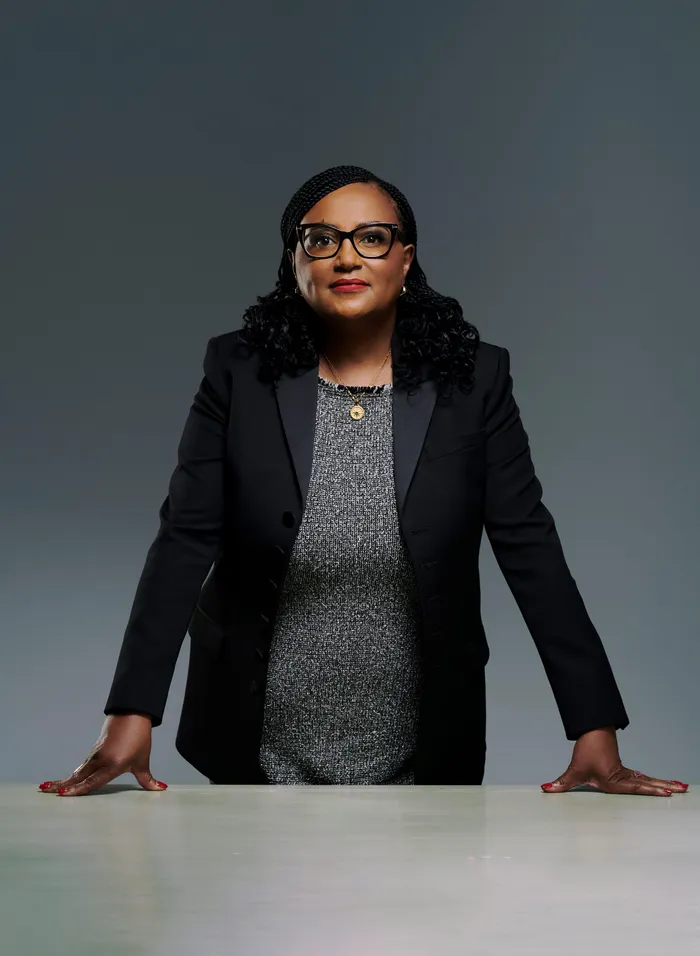LiFT Africa: turning strategy into delivery

Africa’s challenge today is not a lack of priorities—it is a lack of performance. Projects take too long. Approvals stall. Coordination fails to translate into integration. My vision is not about continuity for its own sake—it is about correcting what doesn’t work, and scaling what does.
Image: Supplied.
The African Development Bank has no shortage of vision.
Its Ten-Year Strategy (2023–2032) sets a clear path for building sustainable, inclusive, and green economies across the continent.
But strategy, on its own, is not enough. Impact depends on implementation. What matters now is not what the Bank intends—but what it delivers.
This is where my LiFT Africa strategy comes in.
It is not a break from the Bank’s purpose—it is the engine to realize it. A shift in mindset.
A platform for measurable results, faster execution, and deeper institutional discipline. Designed not to replace the Ten-Year Strategy, but to bring it to life—at scale.
Africa’s challenge today is not a lack of priorities—it is a lack of performance. Projects take too long. Approvals stall. Coordination fails to translate into integration. My vision is not about continuity for its own sake—it is about correcting what doesn’t work, and scaling what does.
Large-scale, integrated infrastructure is central to the Bank’s long-term vision—and to LiFT Africa. But delivering it requires more than investment.
It demands execution systems that connect regional plans to project pipelines, public budgets to private capital, and long-term priorities to local delivery.
That means regional coordination platforms, simplified investment frameworks, and project delivery units that push past bottlenecks in real time.
Financial innovation must now scale.
During my tenure as Chief Financial Officer and Senior Vice President, I led the design and introduction of hybrid capital instruments to stretch the Bank’s balance sheet and crowd in private investment.
Alongside co-financing platforms and blended tools like the Africa Investment Forum, these innovations demonstrated how development finance can be more catalytic.
But pilot projects alone will not close Africa’s $100 billion infrastructure gap. We must take these innovations from boutique to mainstream—crowding in capital at volume, with disciplined preparation, risk governance, and delivery assurance.
Most critically, the Bank itself must transform. A high-performing AfDB must be faster, more accountable, and digitally enabled.
LiFT will halve approval timelines, embed real-time tracking across projects, and build a culture where delivery is the metric that matters. Development is not about intention—it is about execution. Either the road is built, or it is not. Either the lights stay on, or they do not.
The Ten-Year Strategy lays out the vision. LiFT Africa is how we operationalize it. From climate resilience and gender inclusion to food systems and regional value chains, the Bank’s ambitions are clear. LiFT is how we meet them—not in PowerPoints, but in projects.
That also means delivering on the African Continental Free Trade Area—through corridors that connect, ports that move, and policies that align. And it means aligning with Agenda 2063 by making long-term transformation bankable, investable, and visible.
Africa doesn’t need another strategy. It needs performance. LiFT Africa is that performance engine—anchored in delivery, fueled by trust, and designed to make this decade one of visible progress.
Under my leadership, the African Development Bank will be measured not by what it proposes, but by what it builds.
Swazi Tshabalala is a candidate for President of the African Development Bank and former Senior Vice President and Chief Financial Officer of the Bank.

Swazi Tshabalala
Image: Supplied.
BUSINESS REPORT